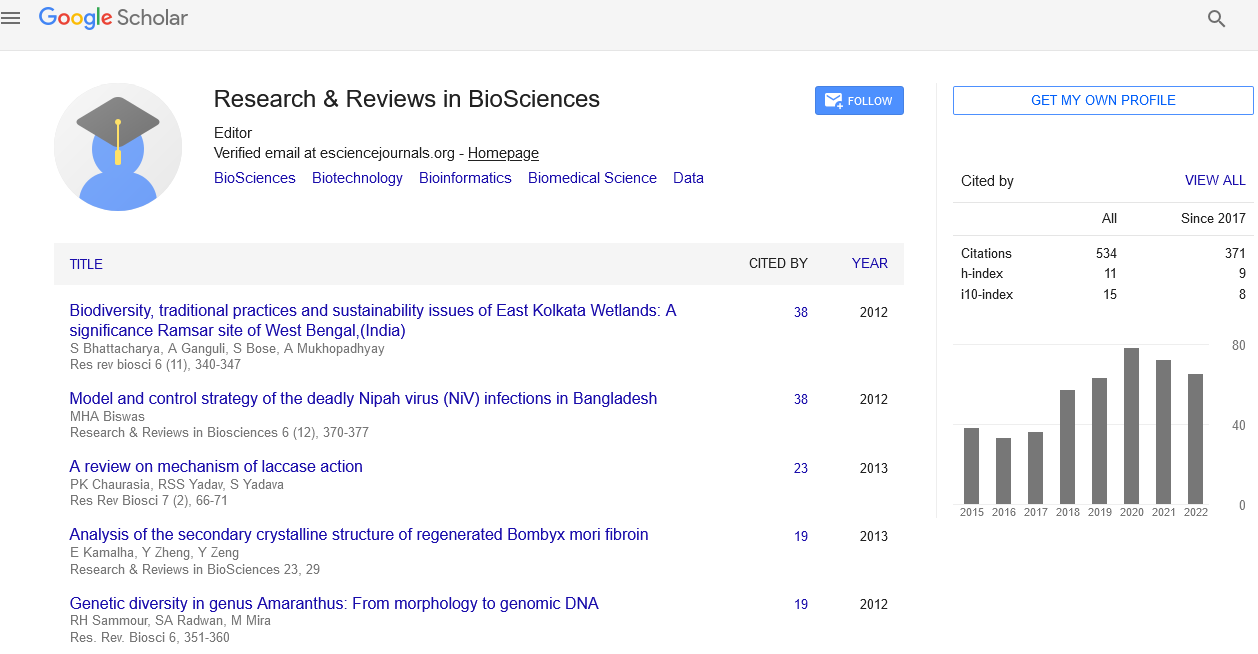Abstract
Improvement of Lung Sparing and Health Tissue by Using Different IMRT Techniques in Mid Esophageal Cancer
Author(s): Amin E Amin, Mohamed Kelaney, Samah K Elshamndy and Osiris W GuirguisThe present study is designed to evaluate the feasibility of beam intensity modulation on treatment planning of the mid esophagus to reduce normal lung doses, by comparing different intensity modulated radiotherapy (IMRT) techniques. For this purpose, four mid esophageal cancer cases are selected randomly. Eight IMRT plans are generated for each case with the same dose-volume constraints but with different beam numbers and arrangements. Local optimization using regular structures drawn automatically around the planning target volume (PTV)with margins from 0.5-1.5 cm are performed. IMRT plans are evaluated with respect to PTV95% , homogeneity index (HI), and conformity index (CI) and dose optimization to irradiate normal structures, with statistical comparison made between the types of plans using the One Way ANOVA test. The obtained results of IMRT using seven beam plans show the best coverage for PTV with tolerable doses for the organ at risks (OARs) but the beamorientation is very critical for the seven beams plans. Increasing beam numbers from 7Bs to 13Bs do not show significant differences in the PTV coverage whereas increasing the mean lung doses. The PTV coverage (PTV95%) is up to 97.9% for all plans, with P < 0.05. The mean heart dose (MHD) does not exceed 36.26 ± 0.99 Gy with P < 0.05. Spinal cord does not exceed 44.85 ±2.02 Gy with P > 0.05. For lung doses, all plans are accepted except 3Bs plan which has 21.3 ± 4.13 Gy which lead to the plan evaluation depends on CI and HI. IMRT improved the homogeneity indices from 0.10 ± 0.03 to 0.13 ± 0.03 for 13Bs and 7Bs(R), respectively (P < 0.05), conformity indices are improved as number of beams reduced from 13Bs to 7Bs with adding ring (1.37 ± 0.01 and 1.02 ± 0.10, respectively, with P < 0.05). In conclusion, the dose–volume of exposed normal lung can be reduced with 13Bs and 7Bs(R) IMRT plans, but, the best conformity is achieved by 7Bs(R) without effect on OARs.
